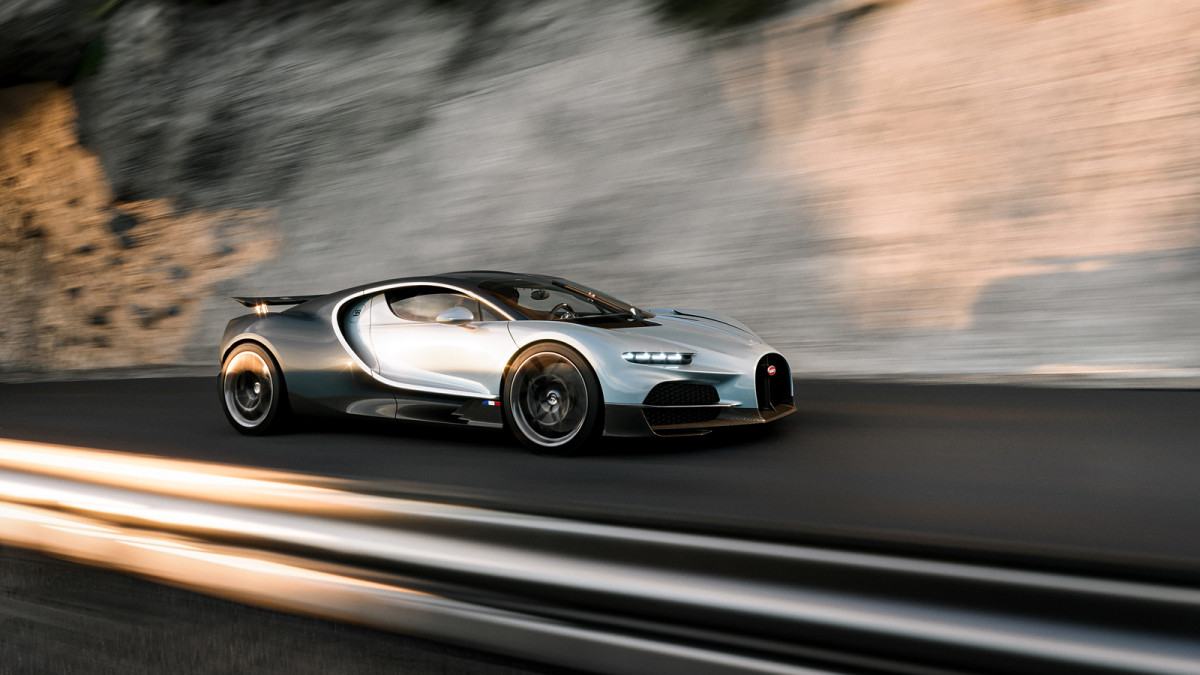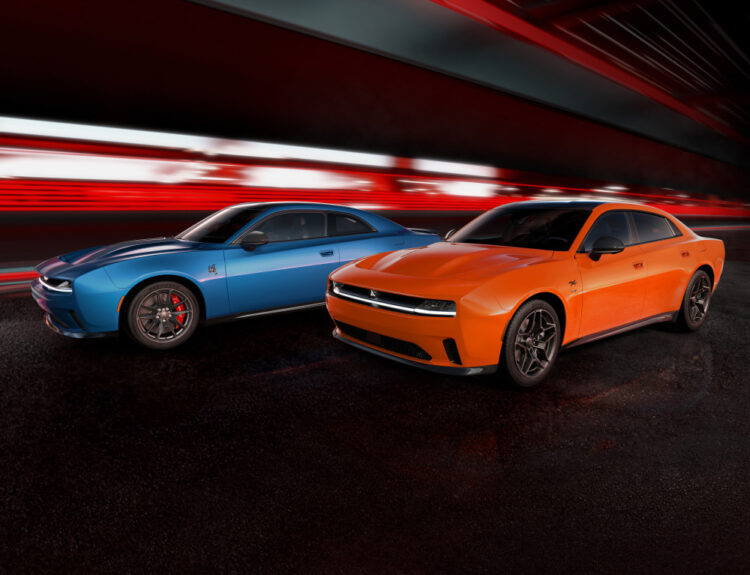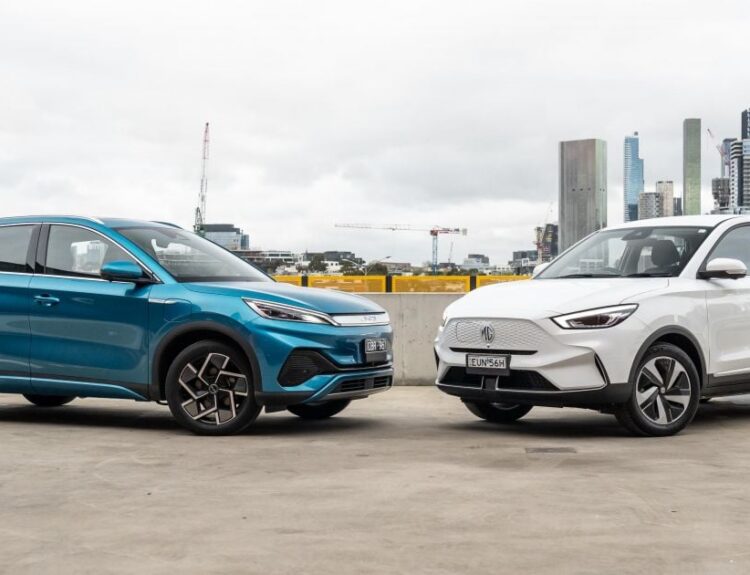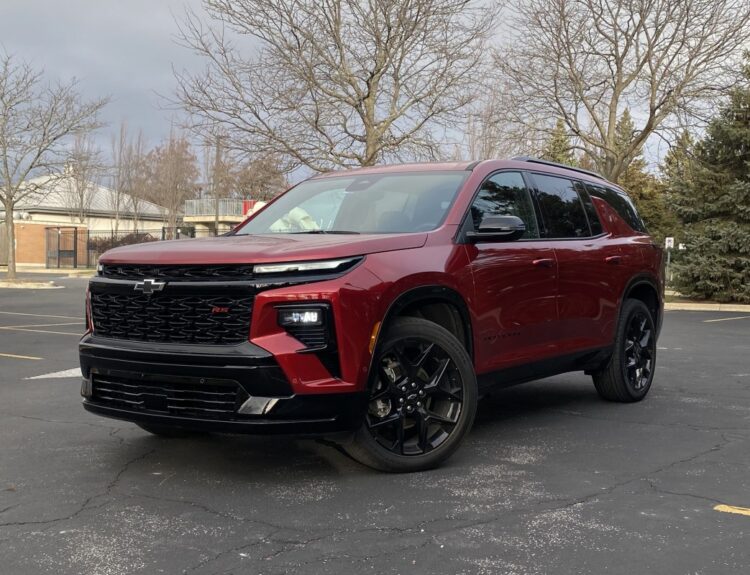
Bugatti Tourbillon
Bugatti
The era of Volkswagen’s stewardship of Bugatti has definitively closed its chapter.
After a remarkable twenty-year journey marked by the creation of opulent, high-performance hypercars like the Veyron and Chiron, a new era dawned as of November 1, 2021, with the establishment of the Bugatti-Rimac joint venture. Under this transformative partnership, the Croatian manufacturer Rimac holds a 55% stake, while Porsche AG retains the remaining 45%. Despite this structural change, both Bugatti and Rimac will operate as distinct brands, preserving their unique identities within the automotive landscape.
Enduring Excellence Amidst Transition
Even with ownership transformations, Bugatti remains steadfast in its commitment to serving an elite clientele. The marque will continue to deliver sports cars that harmoniously fuse unparalleled performance with luxurious interiors, showcasing exquisite craftsmanship and unlimited customization possibilities. As expected, these masterpieces will still command prices that soar into the seven-figure realm.
However, a significant shift is set to occur in the realm of powertrains. The upcoming model, the Tourbillon, will replace the legendary W16 engine that drew inspiration from Ferdinand Piëch. This new 8.3-liter V16 works in concert with an eight-speed dual-clutch gearbox and is augmented by three electric motors, promising a refreshing evolution in Bugatti’s engineering.
Unparalleled Power for the Affluent
The Tourbillon’s V16, developed with expertise from Cosworth, produces an impressive 986 horsepower, echoing the capabilities of the original Veyron. Yet, when the electric motors contribute their instantaneous torque, total output surges to an astonishing 1,775 horsepower—surpassing any previous Bugatti model. The vehicle boasts a staggering acceleration capability, reaching 0 to 60 mph in just two seconds and accomplishing 0 to 250 mph in a breathtakingly swift 25 seconds.
On the flip side of this performance, the Tourbillon is equipped with an 800V battery system that facilitates roughly 30 miles of all-electric driving range, making it well-suited for entering urban areas with internal combustion engine (ICE) restrictions. Notably, despite its trio of motors, the Tourbillon maintains a weight lower than that of the outgoing Chiron, showcasing a remarkable balance of power and efficiency.
Design Where Form Meets Function
In terms of design, the Bugatti Tourbillon embraces an evolutionary aesthetic, crafted with the intention of achieving speeds exceeding 248 mph (400 kph). This ambitious goal necessitated meticulous attention to both aerodynamics and thermodynamics.
The vehicle’s design features a lower profile, with a rear wing that doubles as an air brake while remaining retracted at high velocities. Additionally, a strategically placed diffuser enhances aerodynamic stability.
Thermal management has been thoughtfully addressed, with front radiators expelling heat via strategically designed vents in the hood. Openings beneath the headlights optimize airflow to the side intakes, while the rear design facilitates rapid heat dissipation.
An Interior Experience That Redefines Luxury
The interior of the Bugatti Tourbillon elevates the standard set by its illustrious predecessors, the Veyron and Chiron. Upon entering, the driver encounters a breathtaking instrument cluster ingeniously integrated into the steering wheel, featuring a speedometer and tachometer crafted with the finesse of a luxury timepiece, replete with visible gears. The traditional engine output gauge, calibrated in horsepower, remains a staple of the Bugatti experience.
Concluding Reflections
The reassurance of Bugatti’s storied legacy being in capable hands is a comforting thought. Mate Rimac’s passion for automotive excellence is vividly reflected in the development of the Tourbillon.
This remarkable model heralds a future that promises even greater personalization and innovative design elements not previously witnessed in the automotive realm. After all, where else could one find a 16-cylinder engine in a landscape increasingly dominated by downsized drivetrains?
Source:www.autoblog.com






